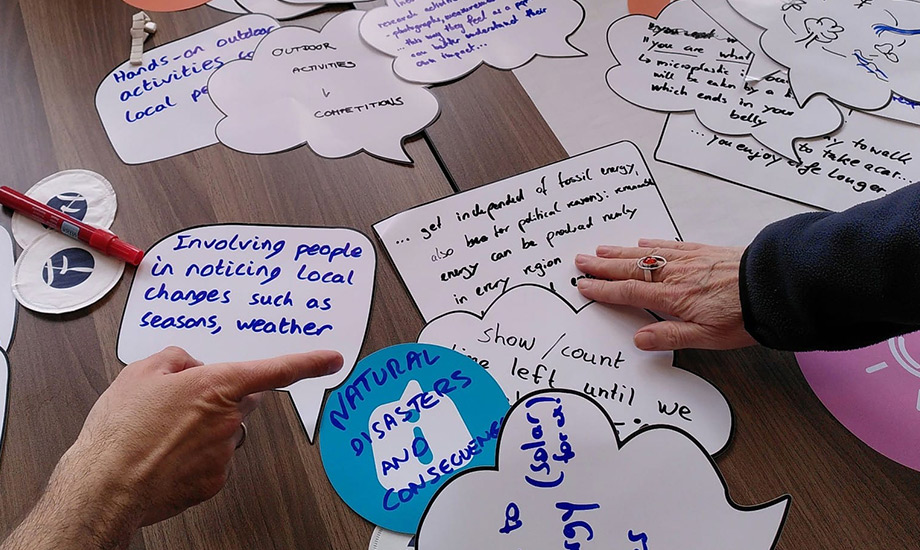UGGps and the 2030 Agenda
UNESCO - the United Nations Educational, Scientific and Cultural Organisation - established the UNESCO Global Geoparks Programme in 2015. UNESCO Global Geoparks (UGGps) are to be understood as model regions for sustainable development, which are to contribute to sustainable regional development in their area through education, protection and communication. The 2030 Agenda provides orientation and the individual SDGs more specific topics that can be addressed in the respective UGGps.
To qualify as a UNESCO Global Geopark (UGGp), a region must have an internationally significant geological heritage and require a holistic management concept that includes protection, education and sustainable development. In terms of geological heritage, the Swabian Alb is a UGGp of superlatives. Two reference localities of the international Jurassic classification can be found here. Both the Aalenian and the Pliensbachian were named after two places in the Swabian Jura where this geological unit was first described and which are internationally known. The Swabian Alb is also an exciting karst region with karst phenomena such as caves, sinkholes, dry valleys, sinkholes and karst springs. Around 17 million years ago - during the Miocene era - there was even volcanic activity in the area that is now the Swabian Alb UGGp. This evidence still characterises the landscape today and can be experienced up close in the Geopark. There were also two meteorite impacts in south-west Germany during the Miocene. These left their footprints in the area of the Nördlinger Ries and the Steinheim Basin, that is located in the area of the Swabian Alb UGGp. The geological importance of the Swabian Alb is therefore unquestionable.
However, an UGGp must also pursue education, protection and sustainable development. Here, the geological heritage should be used in connection with the natural and cultural heritage to create an understanding of the social challenges of our time. The core topics are the sustainable use of resources, climate protection and the reduction of geological risks. At the same time, approaches for sustainable regional development are to be developed and implemented in the region through cooperation between the office of a UGGp and the local population as part of the so-called bottom-up approach. The aim here is to strengthen local communities and population groups and promote identification with the region.
And even though UGGps must have a geological heritage of international importance, a UGGp is about exploring, developing and celebrating the links between the geological heritage and all other aspects of the natural, cultural and intangible heritage. The aim is to reconnect humanity with our planet and appreciate how planet Earth, with its 4.6 billion year history, shapes every aspect of our lives and societies.
As UGGps deal with the social challenges of our time and should become model regions for sustainable development, the 2030 Agenda with its 17 Sustainable Development Goals provides guidance for the UGGps.
You can find out more about the networks in which the geoparks operate in the "In good company" section.
